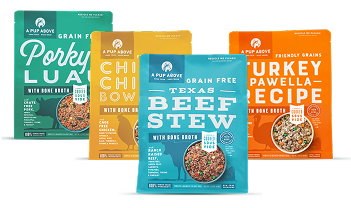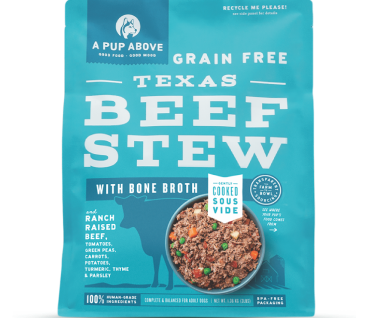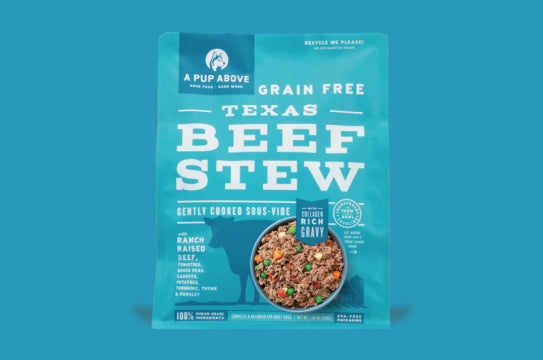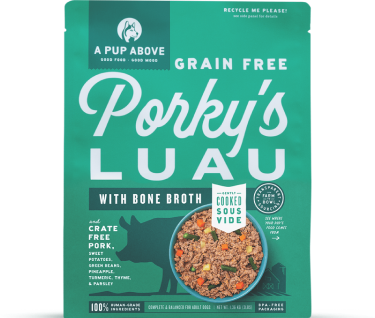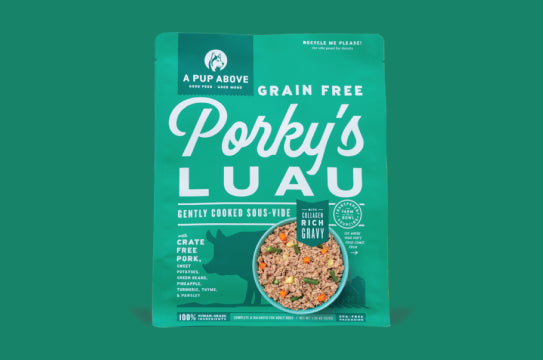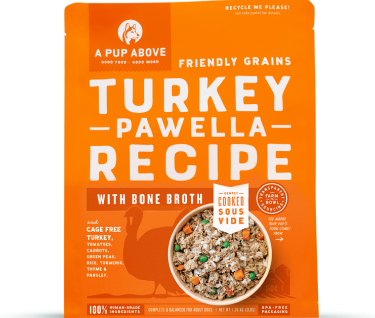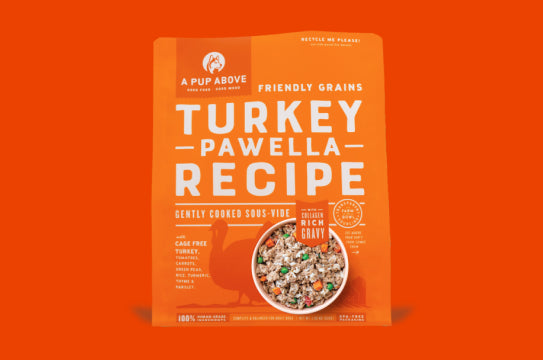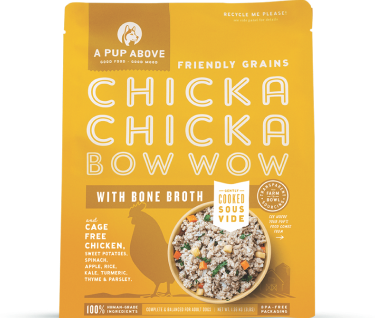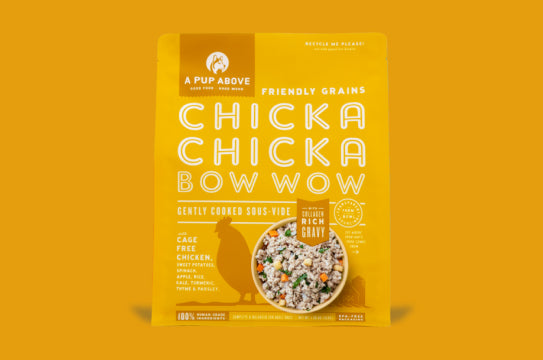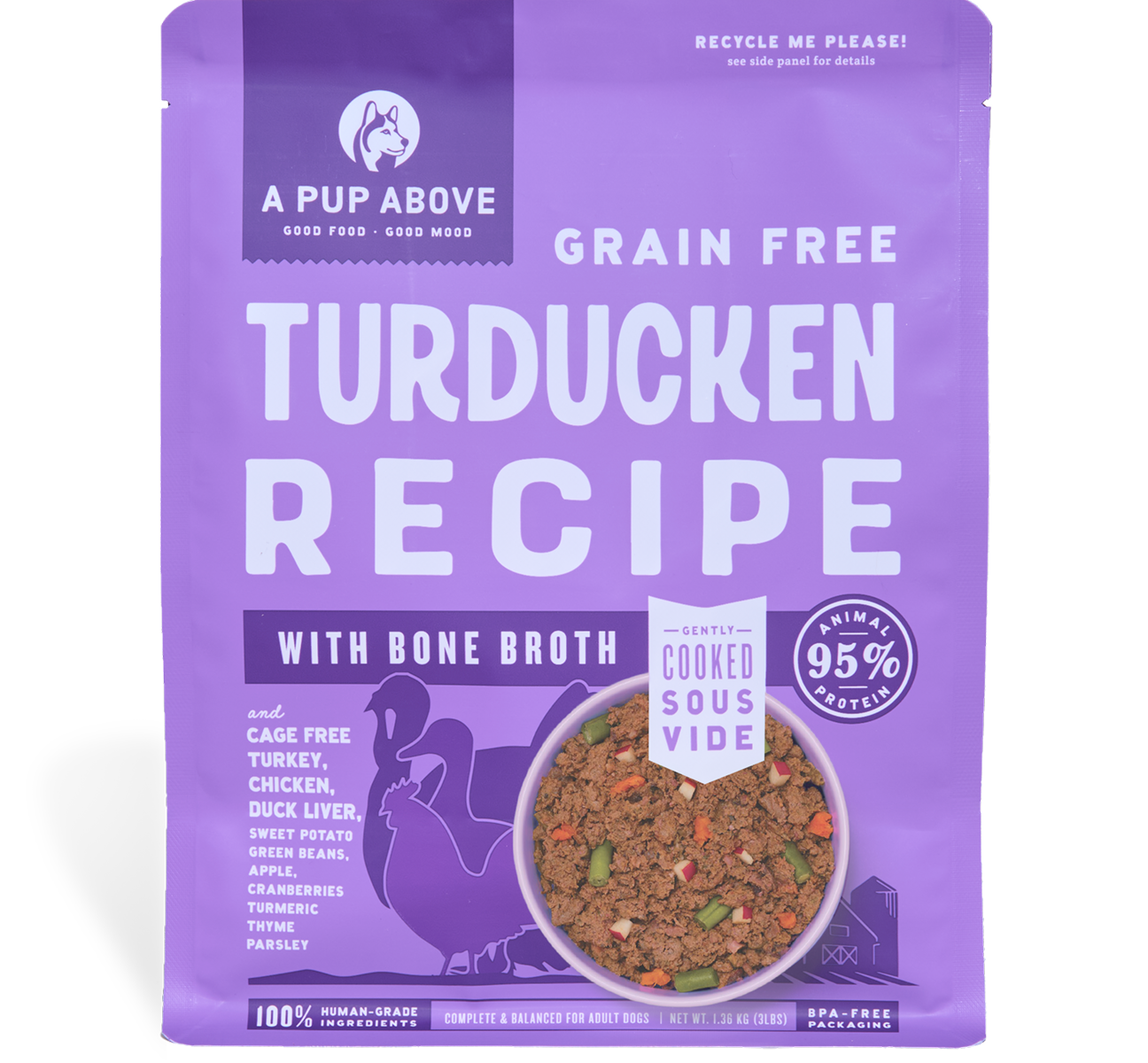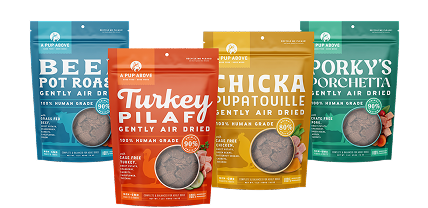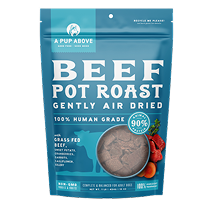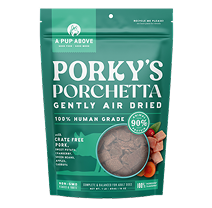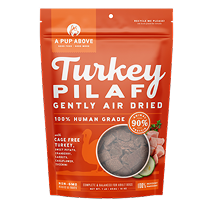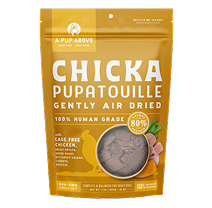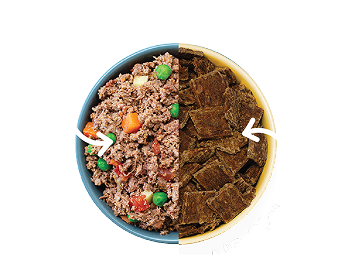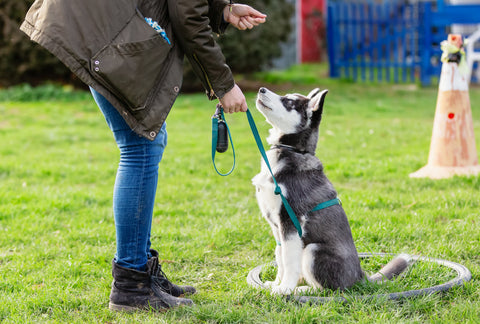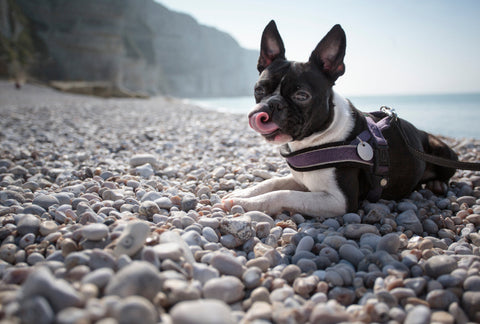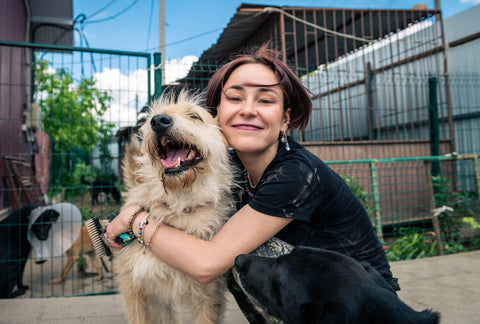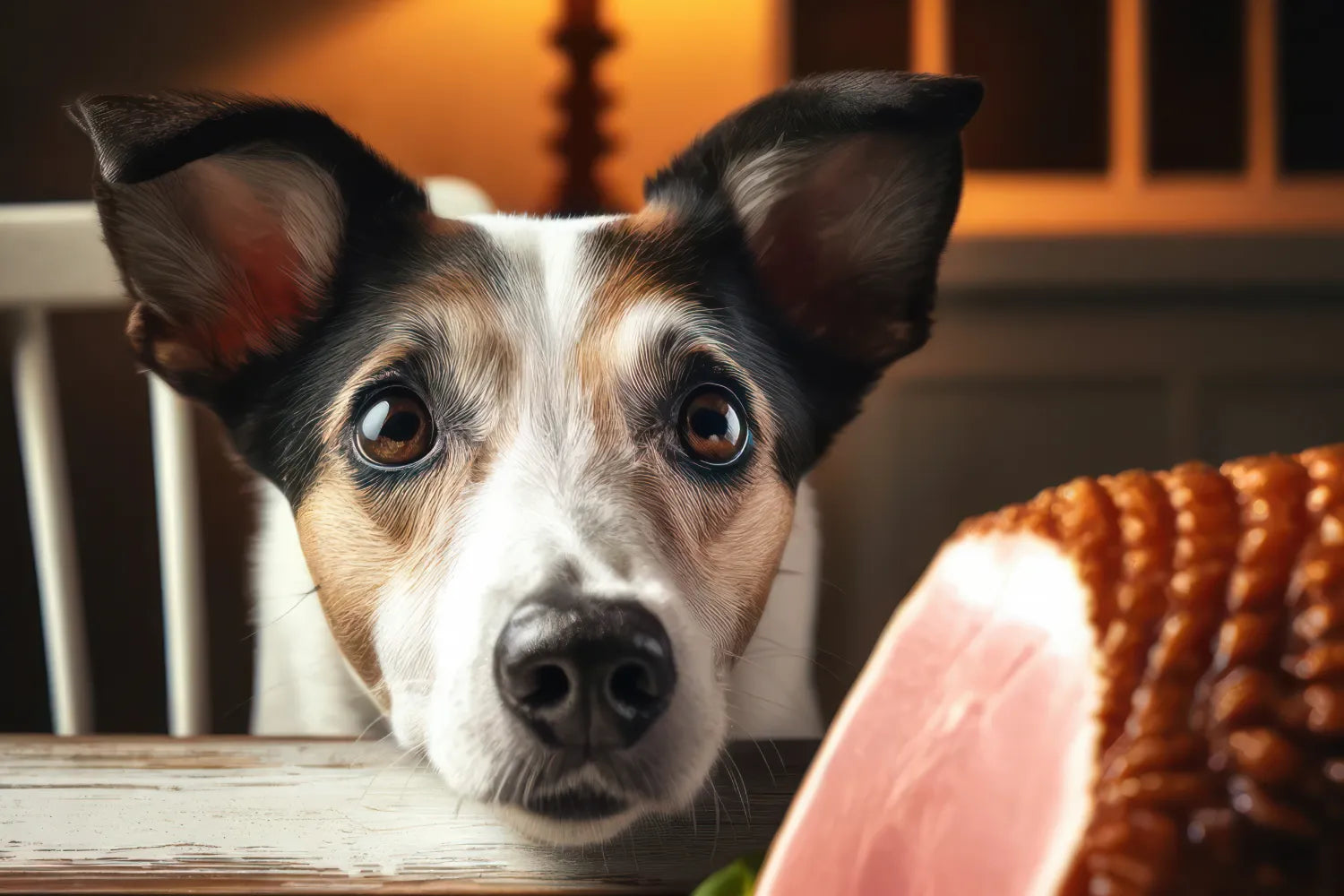
Can Dogs Eat Ham or Pork?
You're slicing into a juicy pork chop or carving up some holiday ham, and there they are — those big, pleading eyes from under the table. Your dog's gaze is unmistakable, but should you give in?
Here at A Pup Above, we understand that when it comes to sharing your meal with your dog, you want to be sure it’s safe. So, let’s slice into the topic of pork and ham and see what’s on the menu for our pups.
Can Dogs Eat Ham or Pork?
Pork is one of those go-to meats we all love — think juicy pork chops, sizzling bacon, and, yes, the ever-present holiday ham. But here's a fun fact: ham is actually just pork that's been cured and seasoned, usually from the hind leg of the pig. So, while they start from the same place, their journeys (and what ends up on your table) can be quite different.
With that in mind, let's dive into the million-dollar question: Can your dog join you in enjoying these porky delights? Plain pork can be a fantastic treat for your dog when cooked right. Ham, though? That's a different story — and one that’s not so great for your pet.
What Makes Ham Potentially Harmful to Dogs?
So, what’s the deal with ham? Why isn’t it the best snack for your pup? While it might seem harmless, there are a few things lurking in ham that can cause problems for dogs:
Too Salty for Comfort
Let’s start with the salt. Ham is packed with it for curing, which makes it super tasty but also super salty. For our dogs, too much salt can lead to dehydration quickly, and over time, it might even cause serious issues like sodium ion poisoning.
Not-so-Friendly Additives
All those extras that keep ham pink and tasty, like nitrates and nitrites, might do more harm than good. They’re great for shelf life and flavor in human food, but these chemicals can be harmful for dogs and sometimes lead to digestive troubles.
Fat Galore
Then there’s the fat content. Ham is fattier than other pork cuts, which can be a problem for dogs. A fat overload might upset their stomach or, worse, lead to pancreatitis — a serious and painful condition you definitely want to avoid.
Spicy Situation
Lastly, those delicious spices that make ham a festive treat? Things like garlic and onion powder are big no-nos for dogs, as they’re toxic to our canine pals. Even sugar and other common ham seasonings can upset their tummy.
How To Prepare Pork for Dogs
We’ve talked about why ham isn’t the best option, but pork can be a safe and tasty treat for your pup if you prepare it right. The key is keeping it simple, safe, and dog-friendly.
Here’s how to serve up pork that will keep your pup’s tail wagging.
Stick to Plain, Lean Cuts
Choose lean cuts of pork like tenderloin, pork chops, or boneless pork loin. These cuts are lower in fat and easier on your dog’s digestive system. Skip anything overly fatty or processed, like bacon or pork belly.
Cook It Thoroughly
Always cook pork all the way through to kill any harmful bacteria or parasites. Boiling, baking, or steaming are all great methods. Aim for an internal temperature of at least 145°F (63°C). No raw pork for pups — it’s just not worth the risk.
Skip the Extras
Keep things simple and plain. No salt, garlic, onions, or spices — your dog doesn’t need seasoning to enjoy pork!
Trim Off Any Fat and Bones
Before serving, trim off any visible fat to avoid digestive issues. And skip the bones — cooked pork bones can splinter easily and pose a choking hazard or cause internal injuries.
Serve It Cool and In Moderation
Let the pork cool down before serving it to your dog. And remember, pork should be a treat, not a main meal. A few small pieces are plenty to keep things fun and balanced.
What Bones From a Pig Can Dogs Chew?
So, you’ve got some pork bones left over, and you’re wondering if they’re a safe treat for your pup. The short answer? It depends. Pork bones can be a satisfying chew for dogs, but there are some important dos and don’ts to keep in mind.
Cooked Bones Are Off the Table
Never give your dog cooked pork bones. Cooking changes the structure of the bone, making it brittle and prone to splintering. These sharp fragments can cause serious injuries, such as choking, intestinal blockages, or even tears in the digestive tract.
Raw Pork Bones: Proceed With Caution
Raw pork bones are generally safer than cooked ones, as they are less likely to splinter. However, they still carry risks. Raw bones can contain pathogens like Salmonella, which can be harmful to both your pet and you. If you choose to give your dog a raw bone, it’s crucial to supervise them closely.
Choosing the Right Bones
If you decide to give your dog a raw pork bone, choose larger bones that can’t be swallowed whole to prevent choking. Good options include large knuckle or hip bones. Avoid smaller bones that a dog might attempt to swallow, such as ribs.
Chew Time Should Be Limited
Even with raw bones, it's important to limit chew time. Extensive chewing on hard substances can lead to dental wear or damage. About 10 to 15 minutes of chewing can provide enough enjoyment without excessive wear on your dog’s teeth.
Benefits of Pork for Dogs
We’ve talked about the risks of ham and how to safely serve pork, but what about the perks? When done right, pork can bring some real benefits to your pup’s bowl.
Here’s why it might just be the protein boost your dog needs:
High-Quality Protein
Pork is packed with high-quality protein, which helps your dog build and maintain strong muscles. It’s loaded with essential amino acids that keep their body healthy and energy levels up.
Nutrient-Rich
Pork isn’t just about protein — it’s also a great source of vitamins B6 and B12, which support your dog’s nervous system and energy metabolism. Plus, it’s rich in minerals like zinc and phosphorus for healthy bones and a strong immune system.
Easy To Digest
Lean, simply cooked pork is easy on the stomach, making it a great choice for dogs who need a gentle protein source. It’s nutritious without being too heavy or greasy.
Perfect for Balanced Meals
Pork adds variety and flavor to your dog’s diet, making it a great addition to their regular food. Our Porky Luau recipe blends human-grade pork with sweet potatoes, pineapple, and superfoods like turmeric, thyme, and parsley for a meal that supports your dog’s joint, immune, and digestive health. It’s slow-cooked sous-vide to lock in all the goodness and flavor. What’s not to love?
Conclusion
So, can dogs eat ham or pork? Pork, when cooked plainly and served in moderation, can be a delicious, protein-packed treat for your pup. Ham, on the other hand, is best left off their plate thanks to all the salt and additives.
At A Pup Above, we know your dog deserves the best. That’s why our Porky Luau is packed with human-grade pork, sweet potatoes, pineapple, and superfoods to keep your pup happy and healthy. Ready to give your dog meals that are safe, tasty, and nutritious?
Check out our full range of sous-vide meals and make mealtime a tail-wagging event!
Sources:
Pork | Definition, Cuts, & Preparation | Britannica
Nitrite poisoning in cats and dogs fed a commercial pet food | PubMed
Top Stories
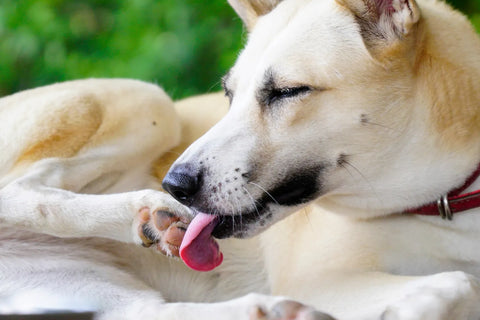
Why Do Dogs Lick Their Paws?

Why Do Dogs Whimper & Make Noises in Their Sleep?
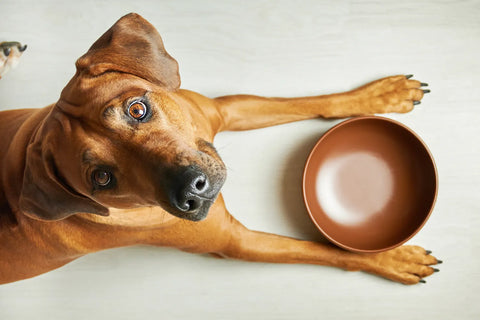
Healthy Vet-Approved Homemade Dog Food Recipes
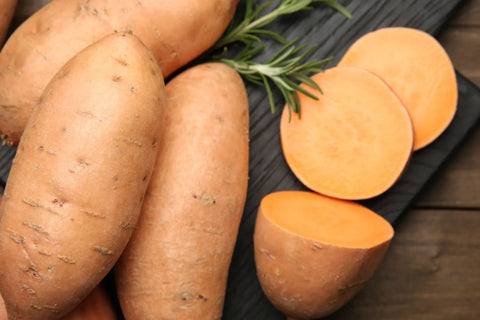
How To Cook Sweet Potatoes for Dogs


